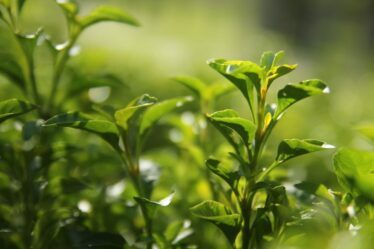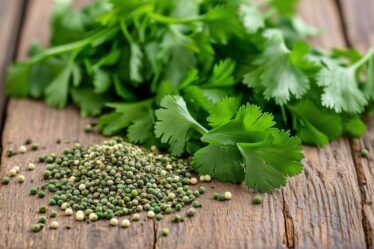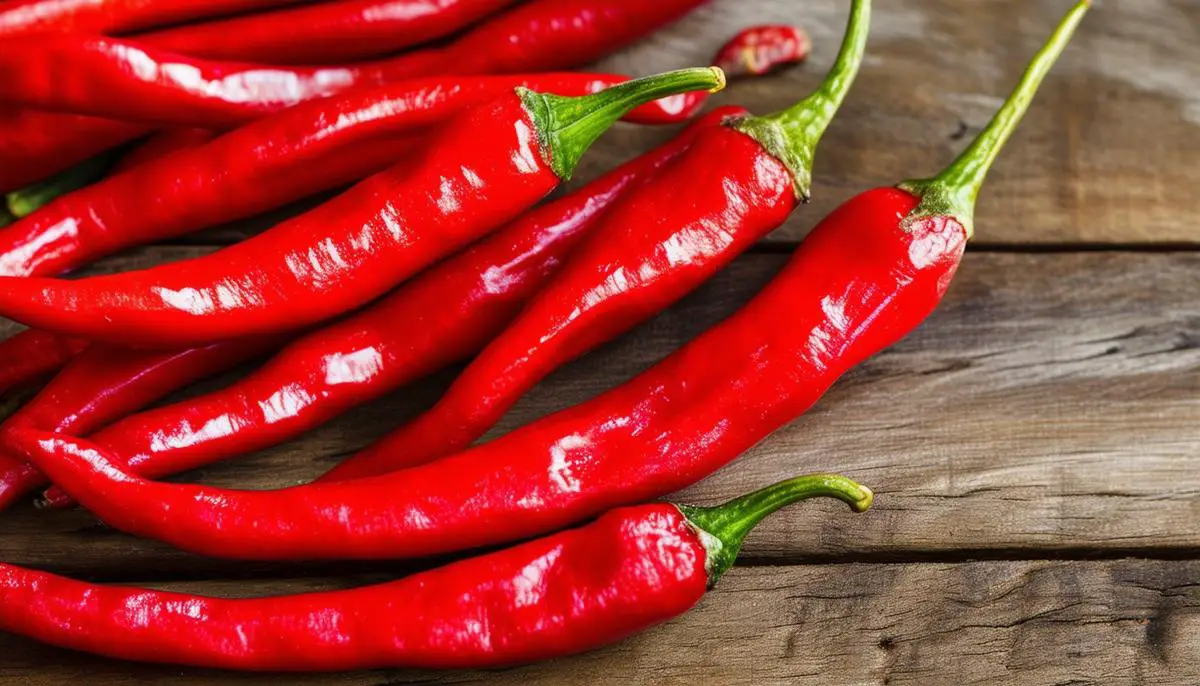
Cultivation and Harvesting of Cayenne Pepper
Cayenne pepper, scientifically known as Capsicum annuum, thrives in warm and moist environments, typically found in regions that maintain a consistent temperature between 70°F and 85°F. Originating from the tropical areas of the Americas, these peppers have since found a suitable agricultural niche in India and various South American countries.
Farmers start with careful seed selection, usually undertaken during the late winter to early spring period. Seeds are planted in well-drained, loamy soil, rich in organic matter, aiming to boost nutrient absorption critical for the peppers' piquant potential. The growth period for cayenne peppers lasts anywhere between 100 to 120 days.
Young pepper plants require stable conditions without extremes; too much heat and water can be detrimental to their delicate capsaicin-producing glands, found mostly close to the seeds and inner rib-kernel. Adequate spacing between the plants is crucial to prevent fungal diseases, common due to dampness in tropical climates.
As the cayenne peppers mature, they gradually shift in color from a deep, vibrant green to a striking red, indicating readiness for harvest. The timing of this transition is critical; premature picking can result in a significantly milder spice, whereas overly ripe peppers might attract pests or begin to rot.
Harvesting often involves hand-picking, which preserves the delicate fruit's structure and ensures only fully ripe peppers are collected. Modern farms, especially those producing high volumes, might employ mechanized tools, although this can risk damaging the fragile fruits.
The post-harvest process is where raw cayenne peppers transform into the fiery flakes commonly used in kitchens around the world. The peppers are carefully cleaned and sorted to discard any bruised or blemished pieces. Afterward, they're allowed to dry—an energy-intensive phase where peppers are either sun-dried, often seen in traditional setups, or mechanically dehydrated in large ovens.
Each method impacts the flavor profile subtly; sun-drying tends to enhance sweetness due to the slow removal of moisture under natural, varied temperatures, while oven drying offers consistency in heat and quicker production times. Finally, once adequately dried to avoid any mold development, the peppers are either ground into powder or crushed into flakes. This final physical alteration not only affects the texture but also the intensity of flavor released on cooking.
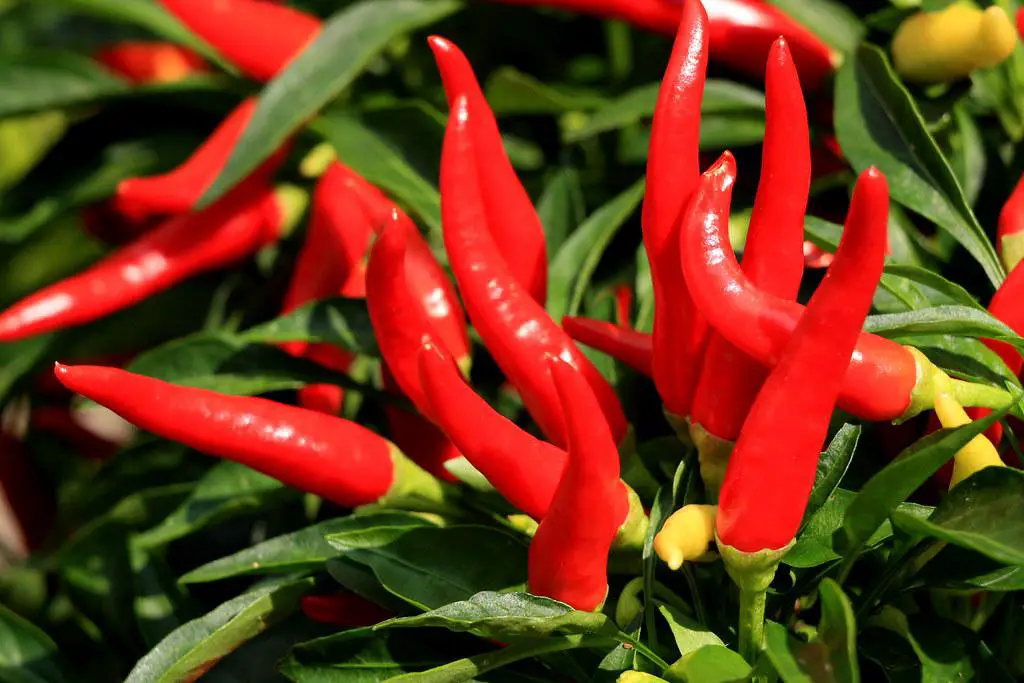
Health Benefits and Medicinal Uses of Cayenne Pepper
Capsaicin, the potent compound found in cayenne pepper, is responsible for the spice's characteristic heat and valued for its therapeutic properties. It has been shown to enhance circulation, bolster digestion, and serve as an anti-inflammatory agent—attributes that make cayenne pepper a revered element in holistic medicine.
Traditionally, cayenne has been utilized to invigorate the body's circulatory system. Its ability to stimulate blood flow makes it a natural tonic for improving blood circulation and ensuring that vital nutrients and oxygen are adequately distributed throughout the body. This improved circulatory efficiency can diminish fatigue and increase physical vitality, which are necessary for overall well-being.
As for the digestive system, cayenne pepper acts as a catalyst by stimulating gastric juices, aiding the body's ability to metabolize food and toxins effectively. The addition of cayenne to meals is believed to improve the efficiency of digestion and combat some common digestive disorders, such as sluggishness in the gastrointestinal tract and excessive gas. This stimulation extends to an enzymatic level, enhancing the stomach's defense against infections and contributing to the reduction of stomach aches.
Through its anti-inflammatory properties, capsaicin in cayenne pepper has emerged as a powerful ally for those suffering from arthritis and other inflammatory conditions. The compound can potentially reduce substance P, a neuropeptide associated with inflammatory processes within the body, resulting in decreased pain and improved mobility in patients dealing with rheumatoid arthritis and osteoarthritis.1
Contemporary research has also directed attention to cayenne pepper's efficacy in managing painful ailments. Targeting the capsaicin receptors, the spice has shown potential in relieving pain and reducing the sensory overactivity often linked to nerve pain conditions, such as neuropathic pain in diabetics or acute manifestations during cluster headaches.
The extended benefits of consuming cayenne include its promising role in cardiovascular health. Studies have suggested that capsaicin might assist in reducing cholesterol levels and moderating blood pressure, which comes full circle to its impact on maintaining robust circulatory health.2 Its prevalent use to deter muscle spasms and even relieve congestive heart symptoms forms an integral part of its versatile medicinal profile.
However, one should remain vigilant about its consumption—its intense heat and potent effects warrant moderate and mindful intake, especially for those with sensitive systems or specific medical conditions.

Culinary Uses and Global Impact of Cayenne Pepper
Cayenne pepper is a globe-trotting spice that has found its way into myriad culinary traditions, influencing food cultures and the international spice trade. From the simmering pots of Asian curries to the vibrant salsas of Mexico and the soulful dishes of Cajun cooking, cayenne has become an indispensable spice, harmoniously blending into and enhancing various taste spectrums.
In Asian cuisine, particularly in countries like Thailand and India, cayenne pepper is often foundational, infusing meals with depths of flavor that resonate with both heat and a complex undercurrent of earthy notes. Its ability to amplify the intricate meld of spices in a hearty curry or to offer straightforward heat in simpler dishes exemplifies its versatility. Cayenne is frequently utilized in the preparation of spice blends such as garam masala, used across the Indian subcontinent, proving pivotal in delivering the characteristic warmth that these cultures are celebrated for.
In Mexico, cayenne animates the national palate that demands zest and vivacity in its cuisine. Here, it intermingles with tomatoes and cilantro, creating some of the most iconic salsas that grace many a Mexican table. Cayenne's versatility shines in traditional meat dishes like carne asada, where it forms part of marinades that deeply season and tenderize the meat before being charred to perfection.
Crossing into Louisiana, Cajun cuisine bespeaks a history of culinary adaptability and robust flavor profiles where cayenne pepper punctuates everything from jambalaya to gumbo. It is the backbone of Cajun seasoning, lending both tactile heat and a mesmeric vibrance that underpins this soul-comforting cuisine. Its fiery essence is often tamed and nuanced by the holy trinity of onion, celery, and bell peppers, emphasizing that even the boldest flavors seek balance.
The global spice trade has championed cayenne as a cultural ambassador of heat. It has navigated centuries and seas, from South American ancestral farms to the bustling markets of Asia, and into the heart of European haute cuisine, deftly showing its ability to both define and elevate traditional recipes while forging new culinary paths.
Today, innovative chefs around the globe harness the essential heat of cayenne to create avant-garde dishes that push the boundaries of contemporary flavor. It invigorates chocolate in artisanal confections, sparks cocktails with a dash of unexpected warmth, and even claims a spot in vegan dishes where it offers depth without dependency on meat.
Cayenne pepper transcends geographical boundaries and challenges culinary conventions. Its capacity to mingle with a myriad of ingredients while maintaining its distinct spicy characteristic makes it a testament to flavor's universal language. As kitchens around the world continue to experiment and evolve, cayenne's piquancy emboldens the adventurous and brings comfort to the seeker of warmth, proving itself as indispensable in the global culinary palette.
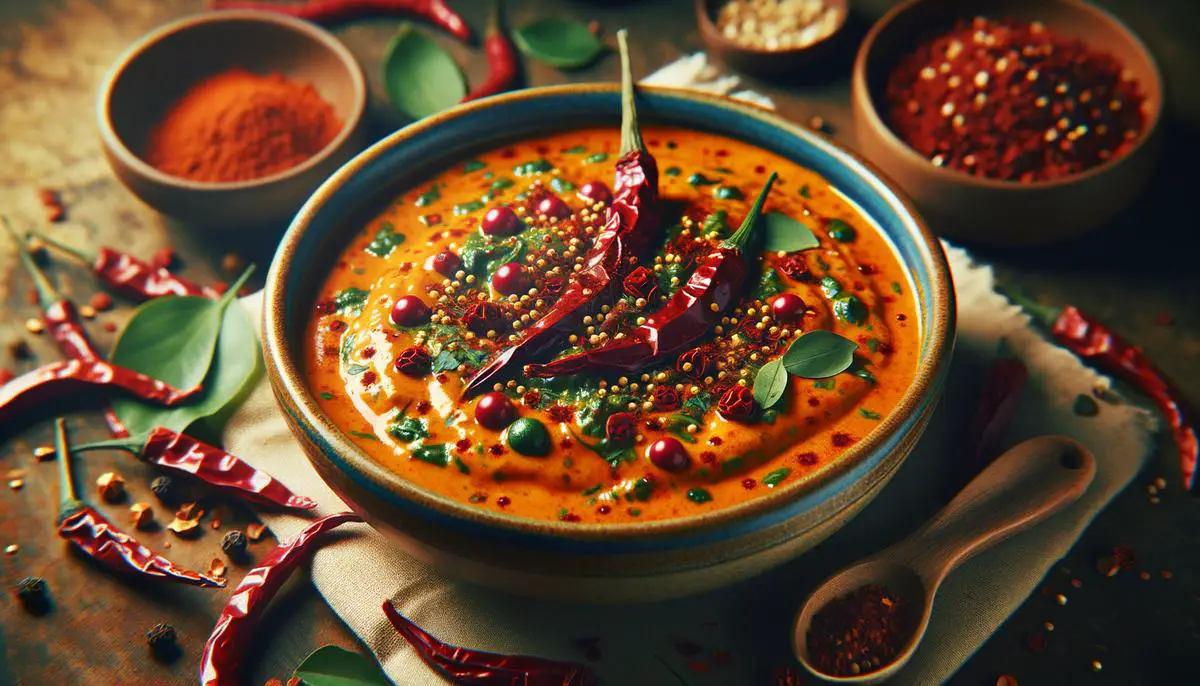
In essence, cayenne pepper serves as a bridge connecting diverse culinary landscapes and enhancing health in ways that resonate deeply across different cultures. This humble yet powerful spice continues to leave an indelible mark on both plates and palates around the globe.
- Cohut M. What are the benefits of cayenne pepper? Medical News Today. 2019.
- Li Z, Maglione M, Tu W, et al. Meta-analysis: pharmacologic treatment of obesity. Ann Intern Med. 2005;142(7):532-546.

